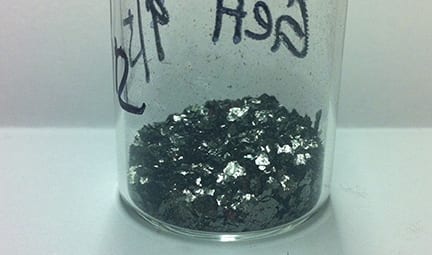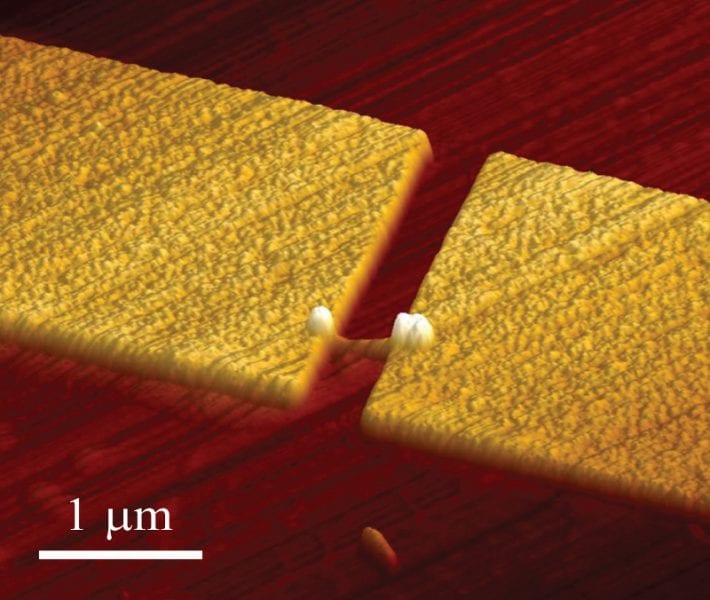Ultrathin, flexible optoelectronic devices – including LEDs the size of individual neurons – are lighting the way for scientists in optogenetics and beyond.

Single-atom germanium films could advance electronics research
Thin germanium films, with properties similar to graphene, could lead to lighter, faster electronics.
Researchers take a step towards optical transistors
McGill researchers demonstrate new way to control light in semiconductor nanocrystals.

Single-photon emitter will improve quantum cryptography
Researchers have demonstrated a simpler, more efficient single-photon emitter that can be made using traditional semiconductor processing techniques.
Breakthrough in X-ray imaging of nanotechnology
A team of researchers has made a major breakthrough in measuring the structure of nanomaterials under extremely high pressures.

Shaping catalytic nanoparticles through surface diffusion
Controlling the shapes of catalytic nanoparticles made from noble metals such as platinum and palladium may be more complicated than previously thought.
Tunable Harvard thin films mimic tear drops
Tunable material system designed by Harvard team is easily adaptable for diverse applications in fuel transport, textiles, optical systems, and more.
Nanowires greatly increase solar cell efficiency
Nanowire solar cells created at EPFL could absorb 12 times as much light as the current standard.
Researchers find unexpected weakness in graphene sheets
Seven-atom ring that inevitably occurs at the junctions of grain boundaries in graphene is the culprit.
Glass transition research improves knowledge of metallic glass
Simulations reveal that the formation of some glassy materials is like the setting of a bowl of gelatin.










